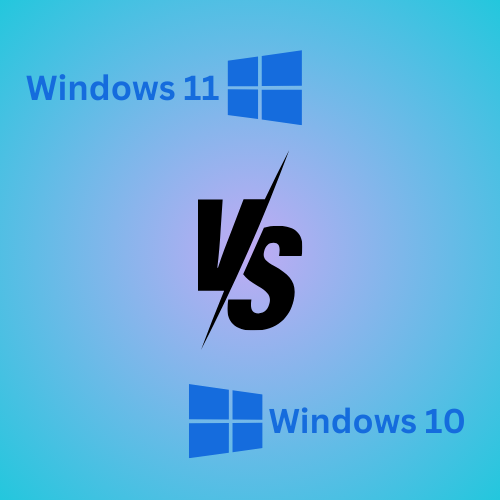
Witness the clash of the operating system giants as we compare Windows 10 and Windows 11 side by side
Are you torn between the reliability of Windows 10 and the allure of Windows 11? Dive into our comprehensive comparison to uncover the ideal operating system for your tech needs.
| Features | Windows 10 | Windows 11 |
| Interface | Windows 10 has a familiar layout with its classic Start menu and taskbar | Windows 11 introduces a modernized design with a centered Start menu and a cleaner taskbar, bidding farewell to Live Tiles. |
| Performance | Mature and optimized, generally smooth performance | Some initial reports of bugs and performance issues, improvements with updates |
| Features | Established feature set, including Xbox Game Pass integration, Continuum for mobile devices | Newer features like Snap Layouts for multitasking, Widgets for information, Android app support (limited at launch) |
| Gaming | DirectStorage for faster game loading, Game Mode for optimized performance | Auto HDR for improved visuals, DirectStorage support, potentially better performance with future updates |
| Security | Regular security updates, various security features like Windows Defende | Improved security features like hardware-based virtualization, potentially more secure due to newer architecture |
| Hardware Requirements | Less demanding, runs on a wider range of devices | More demanding, requires specific hardware like TPM 2.0, may not run on older devices |
| Software Compatibility | Wider compatibility with older software and peripherals | Potential compatibility issues with some older software, improvements with updates |
The choice between Windows 10 and Windows 11 depends on individual preferences and priorities. Windows 10 offers stability and wider compatibility, suitable for users with older hardware. In contrast, Windows 11 presents a modern interface and newer features, albeit with potential bugs and stricter hardware requirements. Carefully evaluate your needs before deciding to ensure the best computing experience
